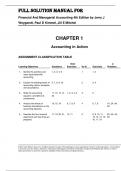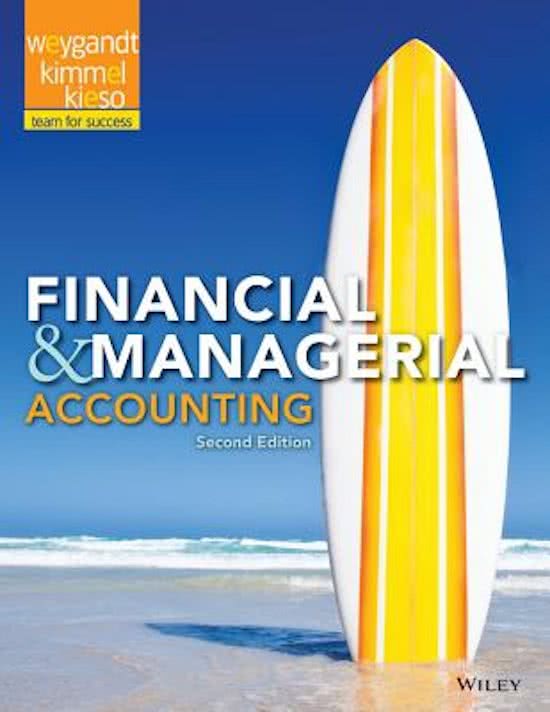Tentamen (uitwerkingen)
Full SOLUTION MANUAL FOR Financial And Managerial Accounting 4th Edition by Jerry J Weygandt, Paul D Kimmel, Jill E Mitchel A+
- Vak
- Instelling
- Boek
Full SOLUTION MANUAL FOR Financial And Managerial Accounting 4th Edition by Jerry J Weygandt, Paul D Kimmel, Jill E Mitchel A+
[Meer zien]





